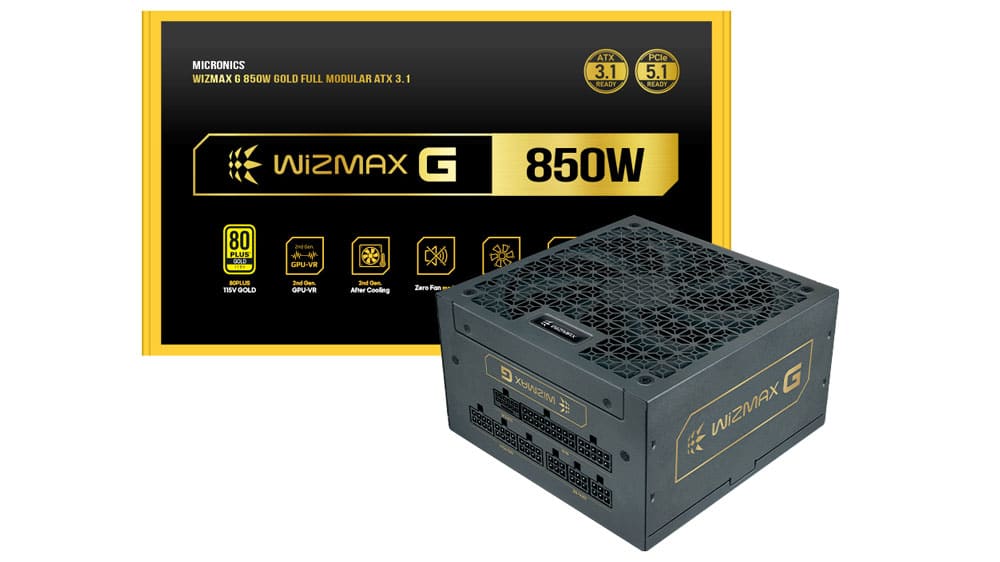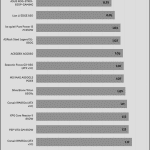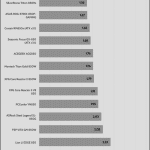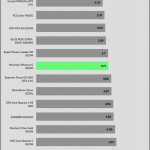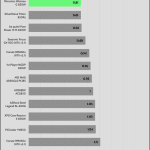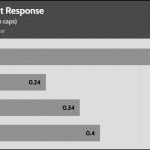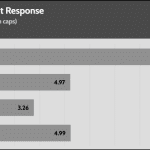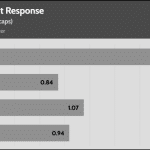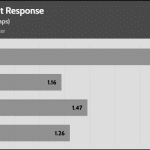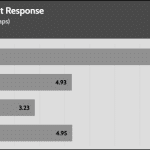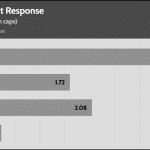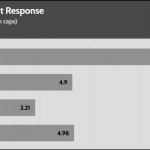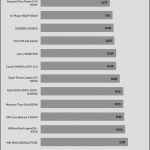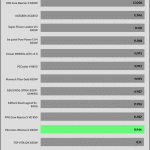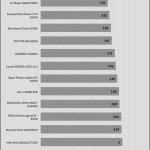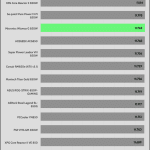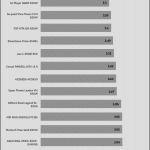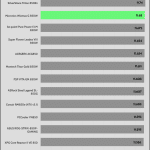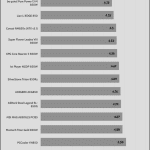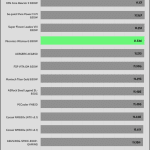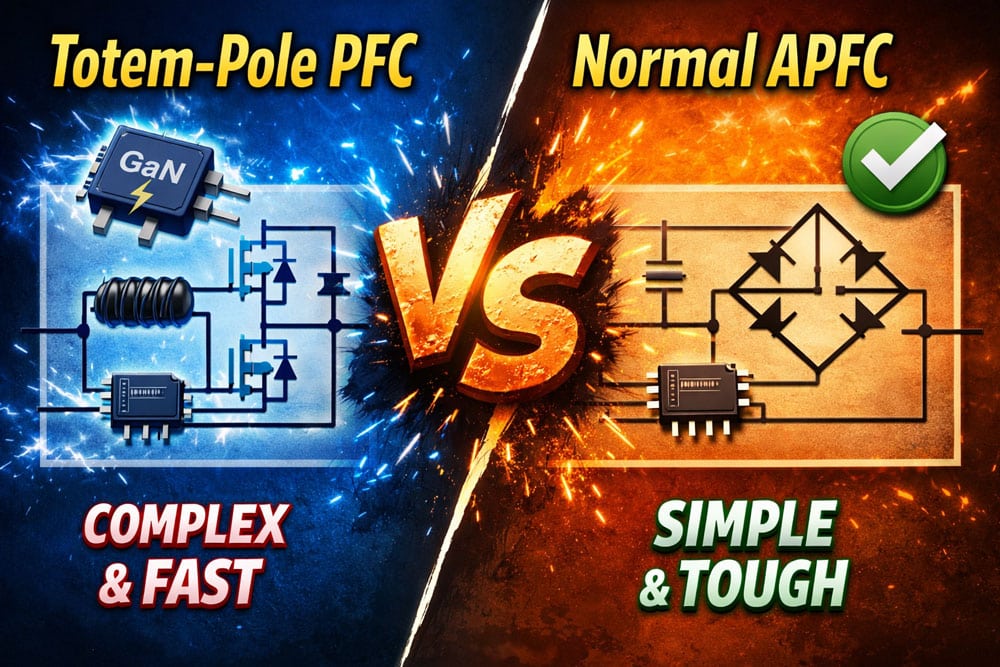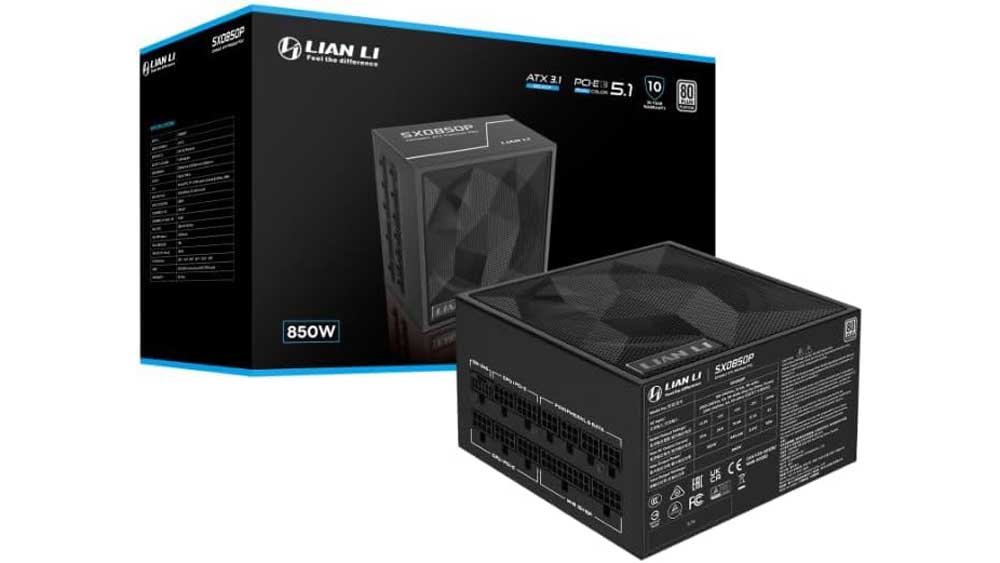Transient Response
Transient response in power supplies refers to how quickly and effectively the PSU stabilizes its output voltage during sudden changes in load demand, such as when a CPU or GPU increases its power draw. It’s measured by the time and voltage deviation during these shifts. A faster, smaller transient response ensures stable power, preventing instability or damage to components.
20% Load – 20ms
| Advanced Transient Response 20% - 50 Hz - No Caps | ||||
| Voltage | Before | After | Change | Pass/Fail |
| 12V | 12.087V | 11.983V | 0.86% | Pass |
| 5V | 5.002V | 4.935V | 1.35% | Pass |
| 3.3V | 3.290V | 3.171V | 3.63% | Pass |
| 5VSB | 5.051V | 5.012V | 0.77% | Pass |
50% Load -20ms
| Advanced Transient Response 50% - 50 Hz - No Caps | ||||
| Voltage | Before | After | Change | Pass/Fail |
| 12V | 12.056V | 11.961V | 0.78% | Pass |
| 5V | 4.996V | 4.930V | 1.32% | Pass |
| 3.3V | 3.284V | 3.160V | 3.79% | Pass |
| 5VSB | 5.008V | 4.965V | 0.85% | Pass |
The transient response is good at 12V and 5V. While the deviation is kept in control at 3.3V, the voltage level drops low once the transient load is applied, because of the low starting voltage.
Transient Response ATX v3.1 Tests
For PSUs without a 12+4 pin connector, the maximum applied load for the transient response tests is 150%, rather than 200%.
The PSU passes all ATX v3.1 transient response tests.
The 12V rail’s performance is pretty good at high loads.
